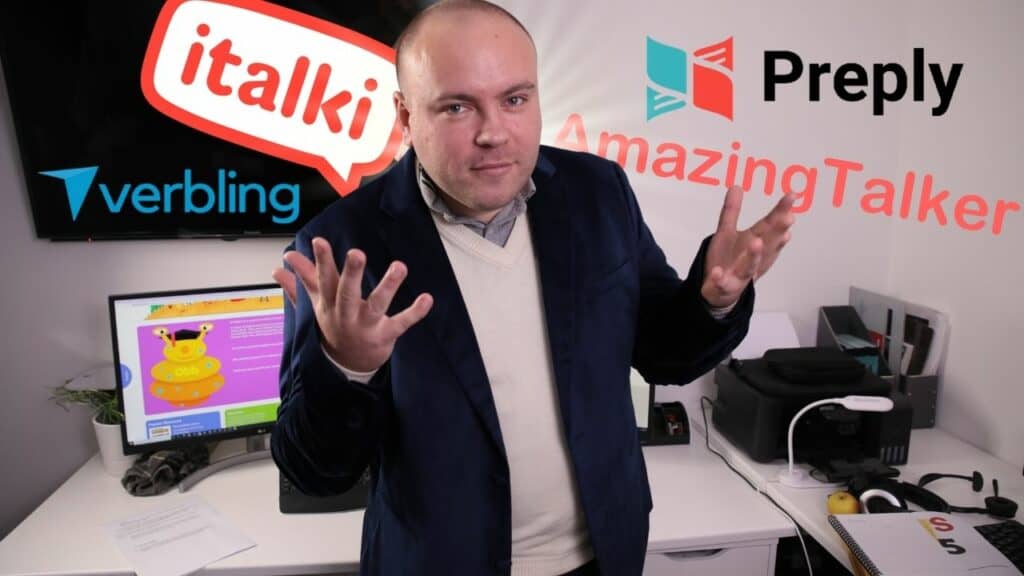How To Become An Independent Tutor

An independent or private tutor is an educator who uses their expertise to train students outside a regular classroom. Many students need extra hours or more attention to fully grasp a subject or a particular skill. Typically, an independent tutor will engage with such student in one-on-one lessons for some time until the student has mastered the skill.
Tutoring can be a great way to challenge yourself as a teacher while earning extra cash. It is also a perfect substitute for traditional classrooms, and you can just focus on meeting the needs of one child at a time. As an independent tutor, you can also set your own rates and determine your work hours.
However, before quitting your 9 to 5, it’s important to note that private tutoring can be quite challenging. To make things easier, we’ve prepared this guide on how to become an independent tutor and the proper steps to follow. You will also learn useful strategies to help you stand out in this industry. Find out more below!
Step One: Determine Your Niche
As an independent tutor, you must decide what kind of teacher you are and what you offer. Are you a grade-level specific French tutor, or do you mainly cater to special needs children? Some tutors also specialize in helping students who are falling behind in school. Or you may be helping a student learn the necessary skill sets in a specific area, e.g., art or creative writing.
Some independent tutors also prefer online learning platforms instead of physical meetings. Determining your niche will also help you stand apart as an outstanding tutor who is competent in their job. It is better than carelessly attempting multiple teaching strategies that will not yield desired results.
Step Two: Build Your Portfolio
It is important to make a good impression when applying for a job as an independent tutor. You must establish a good reputation and create an excellent portfolio that will attract the right jobs. The best option is to build a simple website that will attract visitors who may be potential clients.
Your website should display relevant details like your experience and teaching measures. You can also include your credentials, such as education history, references, testimonials, and any information proving your teacher’s expertise. Lastly, don’t forget to display your contact address and social media links (Facebook, Instagram, Twitter, or LinkedIn)
Step Three: Join A Tutoring Agency
One of the biggest challenges for new independent tutors is establishing credibility to gain clients’ trust. Regardless, you can focus more on doing your work as a tutor while the agency does the marketing. Some Tutoring agencies offer free membership, while others are paid platforms and earn a commission on every job.
In addition, joining a tutoring agency will help you learn industry trends and the relevant soft skills you’ll need in your new position as a tutor. You only need to determine how much you want to charge and the hours you want to put in.
Step Four: Get Certifications
Independent tutors don’t work in a formal school setting where positions are regulated and require a teaching license. However, some private tutors like to have basic tutoring certification to gain the interest of their employers. It is important to choose notable associations to get credible certifications.
You can get a tutoring certification from the National Tutoring Association, the American Tutoring Association, or The Association for tutoring professionals. The certification will increase your credibility as a professional and show what tutoring techniques you are skilled in.
Step Five: Find Your Clients
Many tutors find clients through word-of-mouth referrals and by giving out business cards. Still, advertising your service online through websites or social media is the most effective method.
You can use tutoring marketplaces where you can get paid a small sum to post your listings. In addition, some clients use search engines to find “Math tutor near me” or “Music coaching for beginners.” Therefore, it is important to optimize your business website so you can get noticed.
In Conclusion
Once you have all your credentials and you’ve found the right teaching platform, then you’re good to go. The final step is to get hired and paid for your work. It is good to have a fixed pricing structure; you can also choose when and how you want to get paid.
Now, it’s up to you to take action and begin your career as an independent tutor. You can also apply all we’ve discussed above to ensure you don’t make mistakes. Good luck!






Responses